Ali Ghofrani
Graph Language Model : A new graph-based approach to detect social instabilities
Mar 26, 2024Abstract:This scientific report presents a novel methodology for the early prediction of important political events using News datasets. The methodology leverages natural language processing, graph theory, clique analysis, and semantic relationships to uncover hidden predictive signals within the data. Initially, we designed a preliminary version of the method and tested it on a few events. This analysis revealed limitations in the initial research phase. We then enhanced the model in two key ways: first, we added a filtration step to only consider politically relevant news before further processing; second, we adjusted the input features to make the alert system more sensitive to significant spikes in the data. After finalizing the improved methodology, we tested it on eleven events including US protests, the Ukraine war, and French protests. Results demonstrate the superiority of our approach compared to baseline methods. Through targeted refinements, our model can now provide earlier and more accurate predictions of major political events based on subtle patterns in news data.
Reshaping Smart Energy Transition: An analysis of human-building interactions in Qatar Using Machine Learning Techniques
Nov 16, 2021
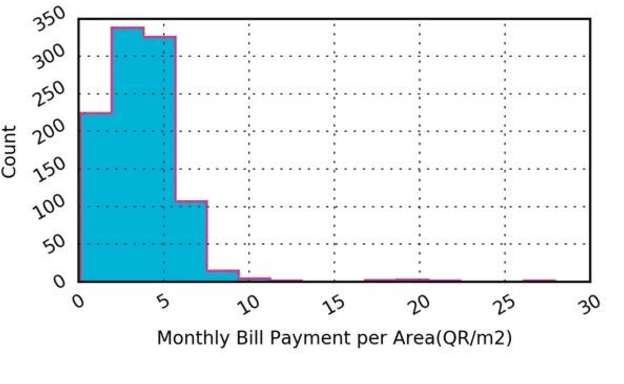


Abstract:Policy Planning have the potential to contribute to the strategic development and economic diversification of developing countries even without considerable structural changes. In this study, we analyzed a set of human-oriented dimensions aimed at improving energy policies related to the building sector in Qatar. Considering the high percentage of expatriate and migrant communities with different financial and cultural backgrounds and behavioral patterns compared with local communities in the GCC Union, it is required to investigate human dimensions to propose adequate energy policies. This study explored the correlations of socioeconomic, behavioral, and demographic dimensions to determine the main factors behind discrepancies in energy use, responsibilities, motivations, habits, and overall well-being. The sample included 2,200 people in Qatar, and it was clustered into two consumer categories: high and low. In particular, the study focused on exploring human indoor comfort perception dependencies with building features. Financial drivers, such as demand programs and energy subsidies, were explored in relation to behavioral patterns. Subsequently, the data analysis resulted in implications for energy policies regarding interventions, social well-being, and awareness. Machine learning methods were used to perform a feature importance analysis to determine the main factors of human behavior. The findings of this study demonstrated how human factors impact comfort perception in residential and work environments, norms, habits, self-responsibility, consequence awareness, and consumption. The study has important implications for developing targeted strategies aimed at improving the efficacy of energy policies and sustainability performance indicators.
APS: A Large-Scale Multi-Modal Indoor Camera Positioning System
Feb 08, 2021
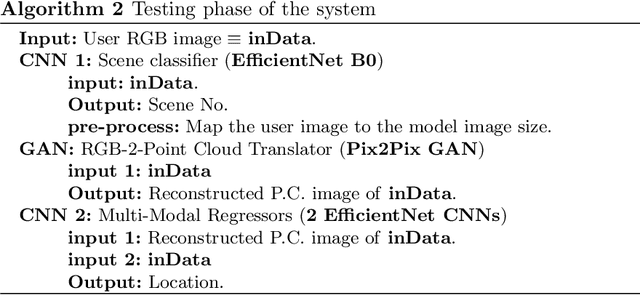
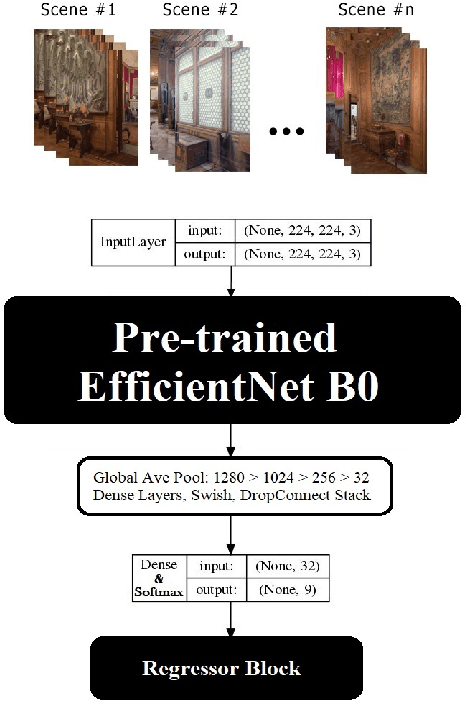

Abstract:Navigation inside a closed area with no GPS-signal accessibility is a highly challenging task. In order to tackle this problem, recently the imaging-based methods have grabbed the attention of many researchers. These methods either extract the features (e.g. using SIFT, or SOSNet) and map the descriptive ones to the camera position and rotation information, or deploy an end-to-end system that directly estimates this information out of RGB images, similar to PoseNet. While the former methods suffer from heavy computational burden during the test process, the latter suffers from lack of accuracy and robustness against environmental changes and object movements. However, end-to-end systems are quite fast during the test and inference and are pretty qualified for real-world applications, even though their training phase could be longer than the former ones. In this paper, a novel multi-modal end-to-end system for large-scale indoor positioning has been proposed, namely APS (Alpha Positioning System), which integrates a Pix2Pix GAN network to reconstruct the point cloud pair of the input query image, with a deep CNN network in order to robustly estimate the position and rotation information of the camera. For this integration, the existing datasets have the shortcoming of paired RGB/point cloud images for indoor environments. Therefore, we created a new dataset to handle this situation. By implementing the proposed APS system, we could achieve a highly accurate camera positioning with a precision level of less than a centimeter.
Attention-Based Face AntiSpoofing of RGB Images, using a Minimal End-2-End Neural Network
Dec 18, 2019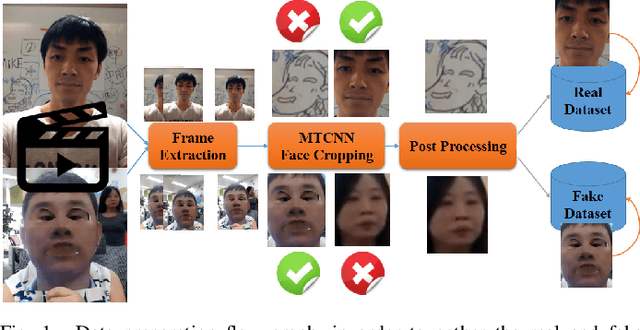
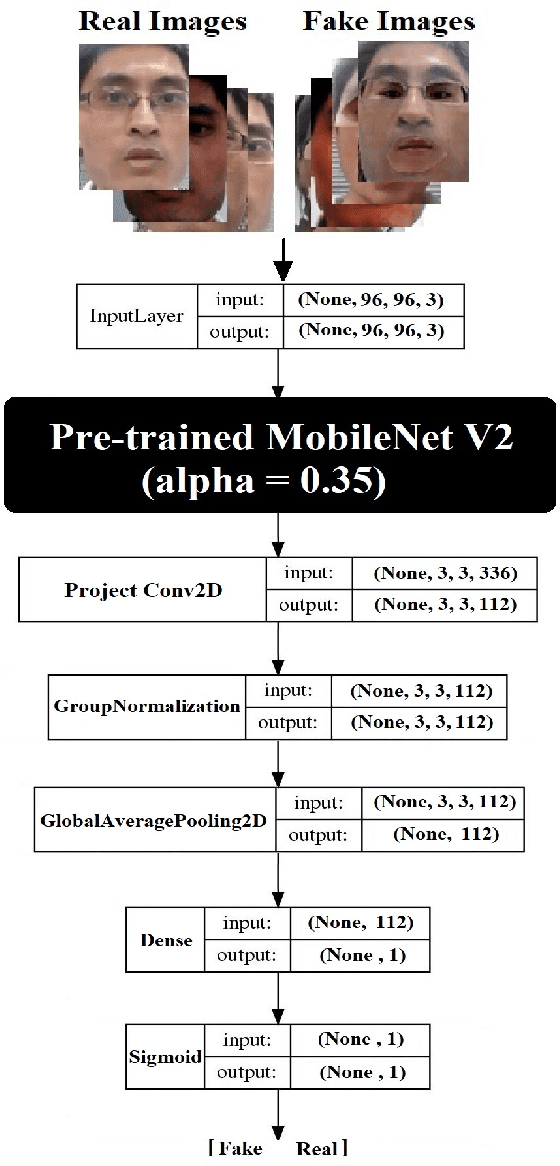
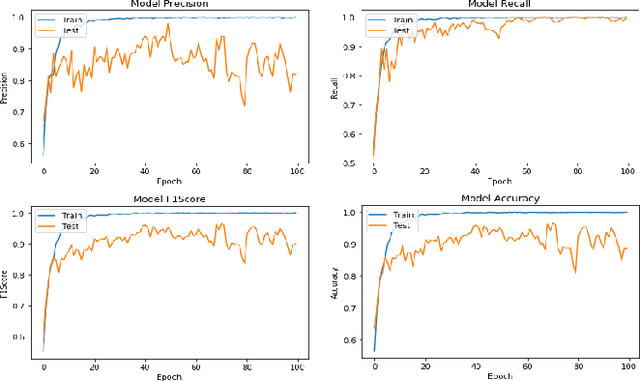
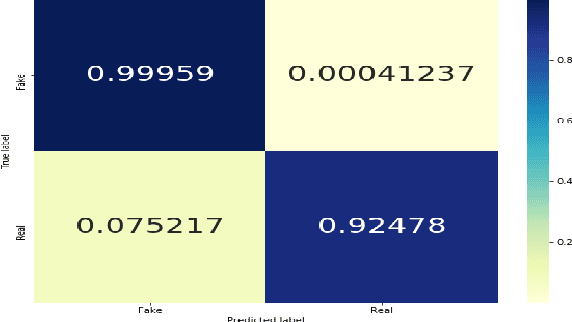
Abstract:Face anti-spoofing aims at identifying the real face, as well as the fake one, and gains a high attention in security-sensitive applications, liveness detection, fingerprinting, and so on. In this paper, we address the anti-spoofing problem by proposing two end-to-end systems of convolutional neural networks. One model is developed based on the EfficientNet B0 network which has been modified in the final dense layers. The second one, is a very light model of the MobileNet V2, which has been contracted, modified and retrained efficiently on the data being created based on the Rose-Youtu dataset, for this purpose. The experiments show that, both of the proposed architectures achieve remarkable results on detecting the real and fake images of the face input data. The experiments clearly show that the heavy-weight model could be efficiently employed in server-side implementations, whereas the low-weight model could be easily implemented on the hand-held devices and both perform perfectly well using merely RGB input images.
Capsule-Based Persian/Arabic Robust Handwritten Digit Recognition Using EM Routing
Dec 18, 2019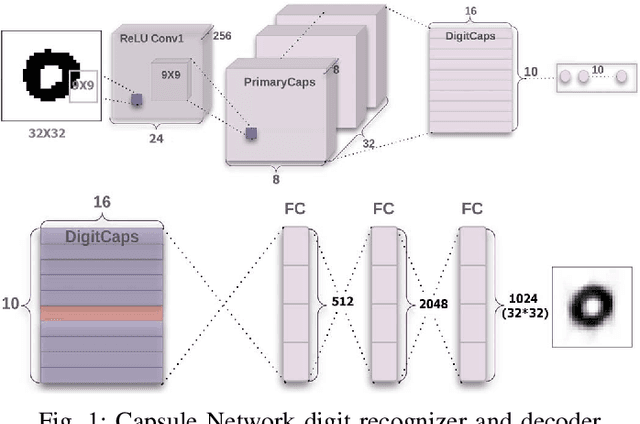
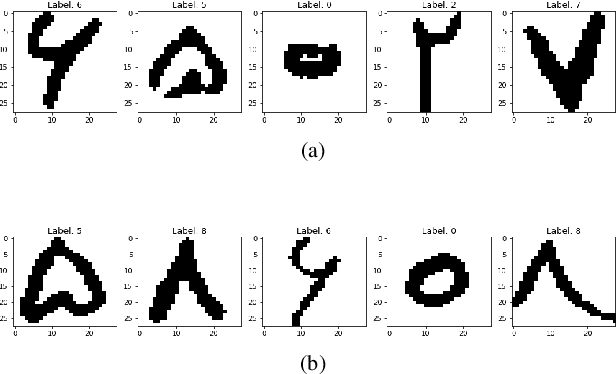
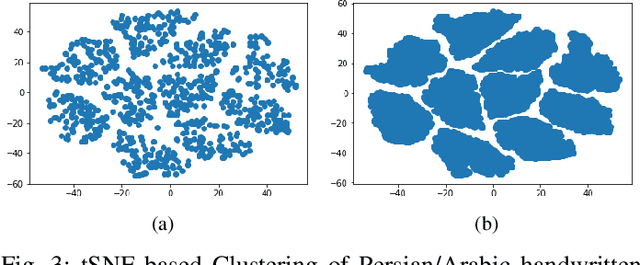
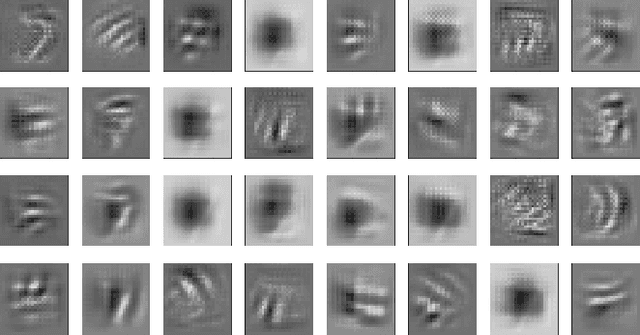
Abstract:In this paper, the problem of handwritten digit recognition has been addressed. However, the underlying language is Persian/Arabic, and the system with which this task is a capsule network (CapsNet) has recently emerged as a more advanced architecture than its ancestor, namely CNN (Convolutional Neural Network). The training of the architecture is performed using the Hoda dataset, which has been provided for Persian/Arabic handwritten digits. The output of the system clearly outperforms the results achieved by its ancestors, as well as other previously presented recognition algorithms.
LiDAR ICPS-net: Indoor Camera Positioning based-on Generative Adversarial Network for RGB to Point-Cloud Translation
Nov 14, 2019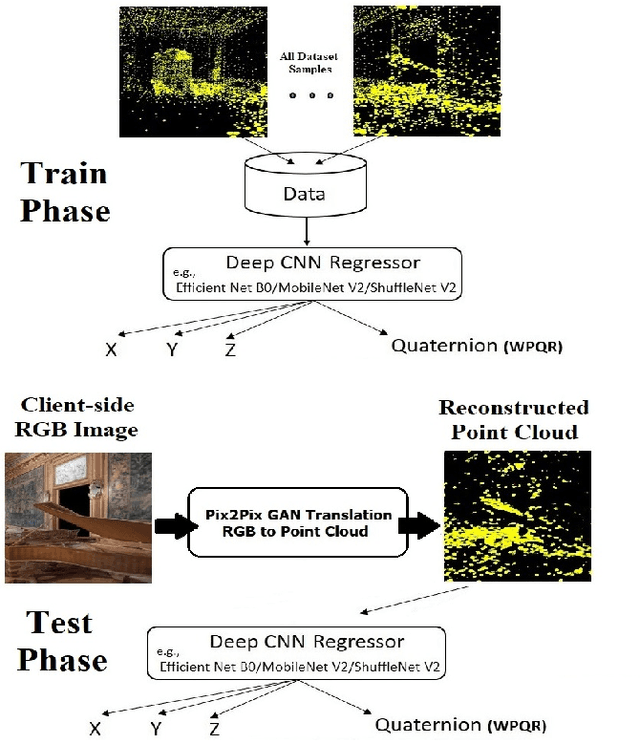

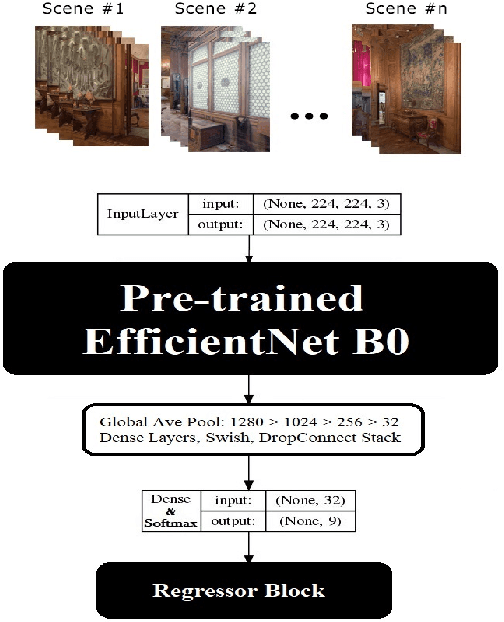
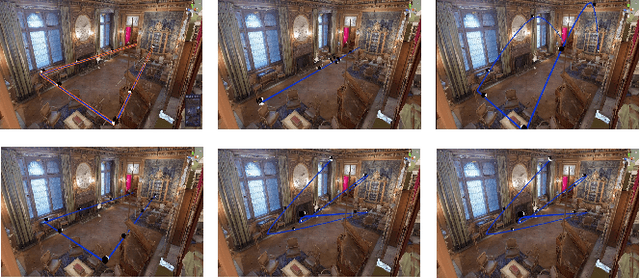
Abstract:Indoor positioning aims at navigation inside areas with no GPS-data availability and could be employed in many applications such as augmented reality, autonomous driving specially inside closed areas and tunnels. In this paper, a deep neural network-based architecture has been proposed to address this problem. In this regard, a tandem set of convolutional neural networks, as well as a Pix2Pix GAN network have been leveraged to perform as the scene classifier, scene RGB image to point cloud converter, and position regressor, respectively. The proposed architecture outperforms the previous works, including our recent work, in the sense that it makes data generation task easier and more robust against scene small variations, whilst the accuracy of the positioning is remarkably well, for both Cartesian position and quaternion information of the camera.
ICPS-net: An End-to-End RGB-based Indoor Camera Positioning System using deep convolutional neural networks
Oct 14, 2019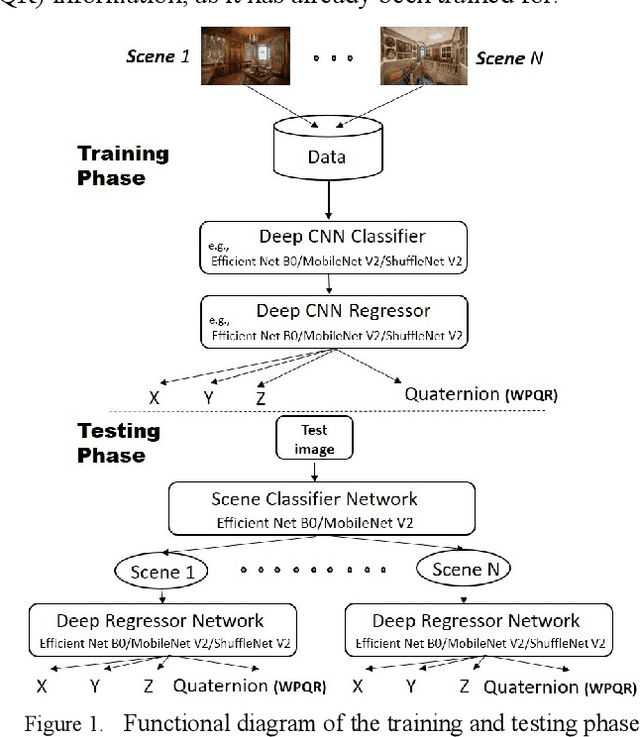
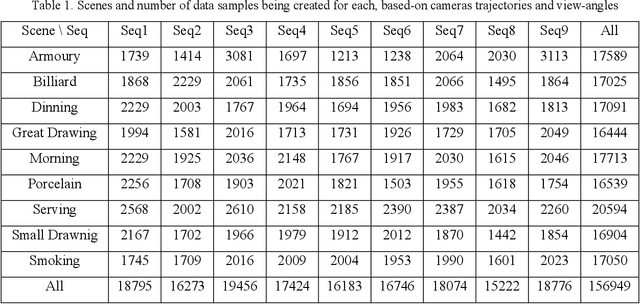


Abstract:Indoor positioning and navigation inside an area with no GPS-data availability is a challenging problem. There are applications such as augmented reality, autonomous driving, navigation of drones inside tunnels, in which indoor positioning gets crucial. In this paper, a tandem architecture of deep network-based systems, for the first time to our knowledge, is developed to address this problem. This structure is trained on the scene images being obtained through scanning of the desired area segments using photogrammetry. A CNN structure based on EfficientNet is trained as a classifier of the scenes, followed by a MobileNet CNN structure which is trained to perform as a regressor. The proposed system achieves amazingly fine precisions for both Cartesian position and Quaternion information of the camera.
 Add to Chrome
Add to Chrome Add to Firefox
Add to Firefox Add to Edge
Add to Edge